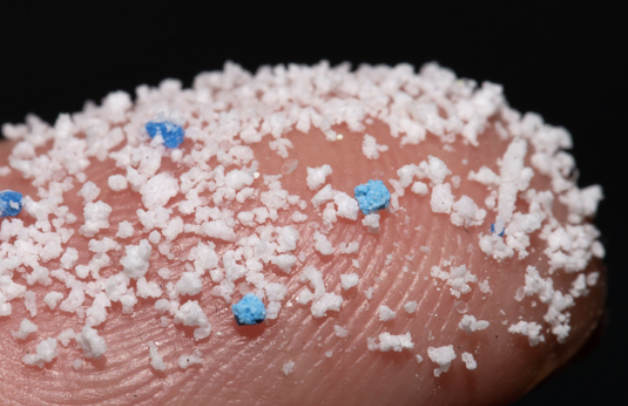REAL-PROBLEM
FUTURE-ORIENTED SCIENCE ACTION
The Microplastics science-action is a short activity, taking 1.5 lessons plus homework. It prepares students to become teenage activists and help people to reduce their microplastic pollution. Students use their knowledge of particle model, separating mixtures and the inquiry skill of support claims with evidence.
SDGs (Sustainable Development Goals)
6. Clean water and sanitation
12. Responsible consumption and production
14. Life below water
CURRICULUM LINKS
Knowledge: Chemistry – particles
Skills: Support claims with evidence and communicate ideas
BLUEPRINT CURRICULUM LINKS
Concepts: Particle model & Mixtures
Learning stage: Analyse
ACTIVITY CONTENTS
- Teachers guide
- Information for STEM professionals
- Teaching powerpoints
- Home task
- Student sheets and assessment rubric
CARE-DO ACTIVITIES
There are 2 activities that can be fitted around existing science lessons.
You can take part in any of these activities designed with two learning objectives:
- Understand the scientific context (CARE)
- Coordinate scientific knowledge and skill in a performance assessment (DO)
FUN PARTICIPATORY SCIENCE
This science action engages students, family members, science professionals.
COMPETENCE-BASED ASSESSMENT
- students feedback about their views of science, including engagement, confidence, and identity.
- students and teachers templates to assess knowledge and skills
- students feedback about their science capital in the context of open schooling
REFERENCES
Youtube: Meet a scientist – Imogen Napper is a scientist who researches into microplastic pollution
News article: Your Laundry Sheds Harmful Microfibers. Here’s What You Can Do About It
CONNECT MATERIALS FOR DOWNLOAD
Authors:
CONNECT – Mastery Science CC-BY-SA
